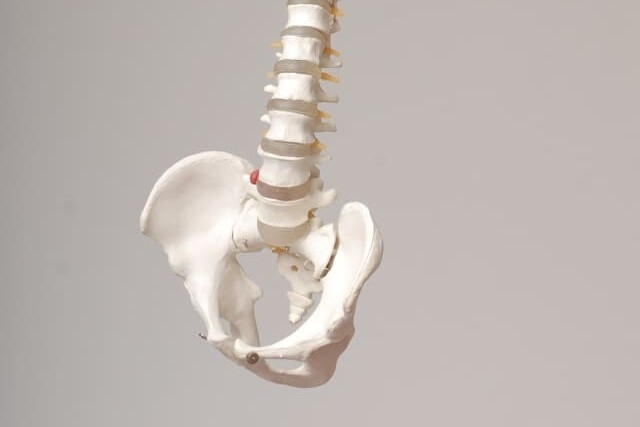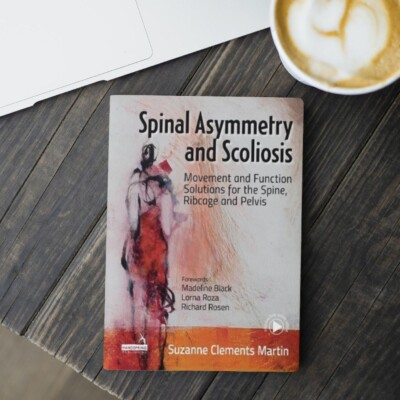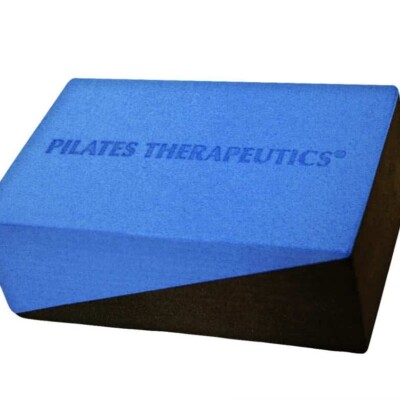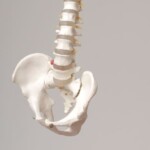Prolapse: The Good, The Bad, and the Possible with Pilates
$150.00
6 CECs NPCP Learn how to work safely and confidently with students with prolapse while also encouraging progression in the Pilates paradigm. You will learn the types and stages of prolapse as well as the evidence-based bio-tensegrity and fascial integrity framework for improvement.
Description
Did you know that prolapse occurrence is estimated in 35% of post-partum women and up to 40% of women who have undergone hysterectomies? Risk factors involve laparoscopic-assisted vaginal hysterectomy, vaginal deliveries, and stress urinary incontinence operations. This lecture explains the types and stages of prolapse, while offering a bio-tensegrity, fascial integrity framework for improvement. Prolapse is often seen as a weakness, yet focus on breath, position and fascial connection make all the difference for engagement. Learn how to work safely and confidently while also encouraging progression in the Pilates paradigm. List of Objectives
Upon completion of this course participants will be able to:
- Better define pelvic organ prolapse and what issues are associated with it
- Better understand the causes and differing types of pelvic organ prolapse
- Better understand the fascial areas involved with the differing types of prolapse
- Better understand and how to implement a fascial bio-tensegrity approach to prolapse care with Pilates
- Better understand the differing stages of prolapse and how Pilates can help
- Better understand how to help clients address some of the accompanying conditions associated with prolapse
- Better understand how to safely deliver Pilates education with this population
- Better understand what Pilates exercise positions and movements may contribute to the differing types of prolapse
- Better understand the psychological benefits of a successful Pilates movement experience
- Better understand how to support clients in their medical endeavors associated with prolapse
You may also like…
Related products
-

Fascial Head and Neck Applications in the Pilates Environment
$150.00 View Product -

Return to Life: A Self-Care Lymphatic Mat in the Pilates Environment
$60.00 View Product -

The Fascial System and Pilates: Moves that Change Bodies
$295.00 View Product -
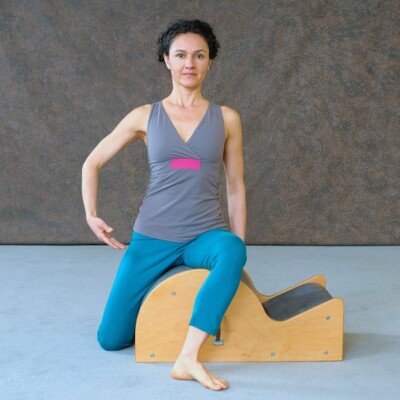
Step-Wise Approach to Post Natal Restoration
$60.00 View Product

